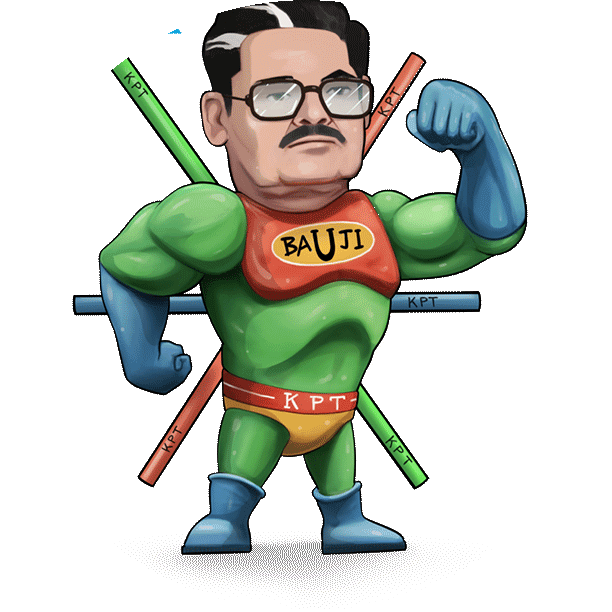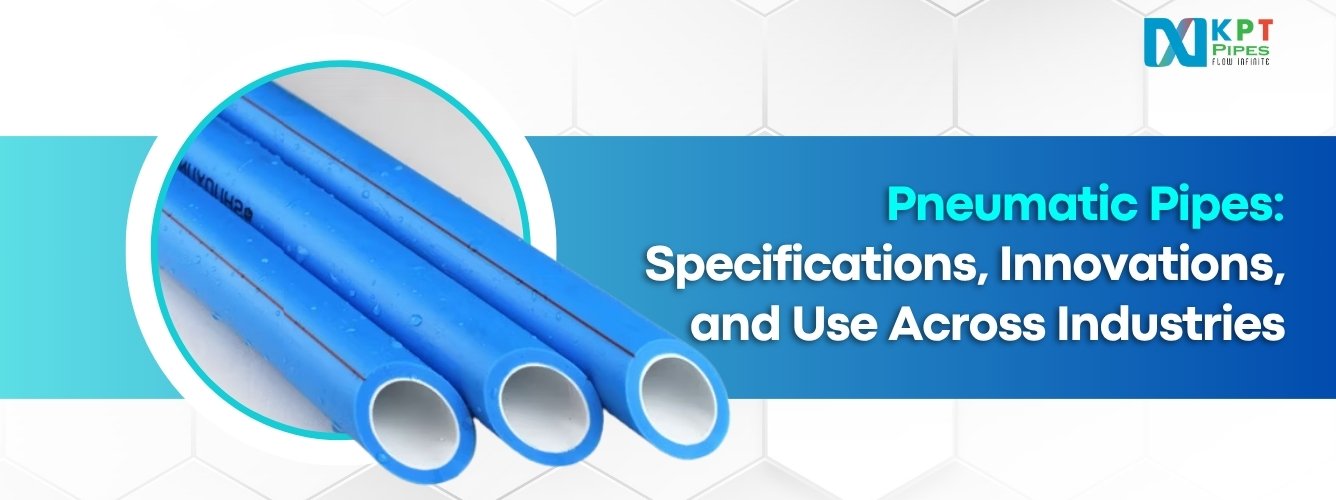In the world of industrial automation and fluid transport, pneumatic pipes play a crucial role. These pipes are essential in transporting compressed air and gases in various industries, including manufacturing, automotive, food processing, and packaging. As industries increasingly rely on automation, the demand for high-quality, durable, and efficient pneumatic piping systems has grown significantly.
This blog explores the specifications, recent innovations, and common uses of pneumatic pipes while also highlighting their role in enhancing system efficiency and safety.
Table of Contents
ToggleWhat Are Pneumatic Pipes?
Pneumatic pipes are specially designed conduits used for conveying compressed air or inert gases. Unlike water or chemical pipelines, pneumatic systems deal primarily with air pressure, which powers tools, machines, and automation systems. These pipes are integral components of pneumatic systems, connecting compressors, valves, actuators, and other system elements.
These pipes are typically made from materials that can withstand high pressure, are resistant to corrosion, and offer longevity, such as:
- Polyurethane (PU)
- Polyamide (PA or Nylon)
- Polyethylene (PE)
- Polyvinyl chloride (PVC)
- Aluminum or stainless steel (for specific industrial-grade applications)
Technical Specifications of Pneumatic Pipes
While specifications can vary based on the manufacturer or application, standard pneumatic pipes are defined by the following key parameters:
1. Material Composition
Different materials offer varying levels of flexibility, chemical resistance, and temperature tolerance. For example:
- PU (Polyurethane): Flexible, kink-resistant, suitable for dynamic applications.
- Nylon (PA): High pressure and temperature resistance, ideal for automotive and industrial use.
- PE (Polyethylene): Low-cost, good for general use in clean environments.
2. Working Pressure
Pneumatic pipes must handle pressures from 4 bar to 16 bar or even higher for special applications. Burst pressure is usually several times higher than working pressure.
3. Temperature Range
Operating temperature typically ranges from -20°C to 80°C, depending on the material. PU pipes are known for excellent low-temperature flexibility.
4. Outer Diameter & Wall Thickness
Common outer diameters range from 4 mm to 16 mm, with different wall thicknesses ensuring pressure tolerance. Some standards use inch-based diameters, especially in North American industries.
5. Color Coding
To avoid cross-connection in complex systems, pneumatic pipes are available in a variety of colors—blue for compressed air, red for high-pressure lines, black for vacuum, and so on.
6. Compliance & Certifications
High-quality pneumatic pipes adhere to international standards such as:
- ISO 8573 for compressed air quality
- RoHS and REACH compliance for environmental safety
- UL94 for flame resistance
Innovations in Pneumatic Pipe Technology
The field of pneumatic piping has evolved significantly in recent years, driven by the demands for energy efficiency, space optimization, and smart automation. Here are some key innovations:
1. Co-extruded Multi-Layer Pipes
New-generation pneumatic pipes now feature multiple layers—inner layers for smooth airflow and outer layers for durability and resistance to UV and chemicals. These co-extruded pipes improve service life and efficiency.
2. Smart Leak Detection
With the integration of IoT sensors in modern pneumatic systems, leaks in the piping network can now be detected in real-time. This innovation minimizes energy loss and maintenance downtime.
3. Modular Aluminum Piping Systems
Lightweight aluminum piping with push-fit connections is becoming popular in large factories. These modular systems are easy to install, modify, and maintain compared to traditional galvanized iron pipes.
4. Antistatic and Flame-Retardant Tubing
Industries dealing with flammable gases or dust environments now use antistatic, flame-retardant pneumatic pipes to reduce the risk of static discharge and ensure workplace safety.
5. Flexible Spiral Tubes
Spiral polyurethane pneumatic tubing is ideal for dynamic or retractable applications. These tubes can extend and retract with movement, providing flexibility in robotic and assembly-line tools.
Applications of Pneumatic Pipes in Various Industries
Pneumatic piping systems are widely adopted across industries due to their versatility and efficiency. Below are some prominent sectors where pneumatic pipes are indispensable:
1. Manufacturing & Automation
Pneumatic pipes are used to power tools like air drills, grinders, and robotic arms. Their quick response and low maintenance make them ideal for high-speed automation.
2. Automotive Industry
From tire inflation systems to robotic painting and assembly lines, pneumatic piping plays a key role in automotive manufacturing plants.
3. Food & Beverage Industry
Pipes made of FDA-approved materials carry compressed air for packaging, sorting, and processing applications. Pneumatic systems here must be hygienic and corrosion-resistant.
4. Pharmaceuticals
Cleanroom environments require sterile pneumatic systems for capsule filling, sealing, and conveying. Pipes here are made from chemically inert and non-reactive materials.
5. Packaging and Printing
Machines like strapping systems, labeling equipment, and pneumatic conveyors rely heavily on compressed air delivered via high-performance pneumatic pipes.
6. Textile Industry
In spinning, weaving, and dyeing processes, air-jet looms and pneumatic valves use compressed air supplied through flexible piping systems.
Advantages of Using Pneumatic Pipes
- High Reliability: Minimal wear and tear and excellent life span.
- Low Maintenance: Less prone to clogging or corrosion compared to hydraulic systems.
- Lightweight and Flexible: Ideal for portable or moving components.
- Clean Operation: No risk of fluid leakage as in hydraulic systems.
- Cost-Effective: Lower installation and operational costs in many applications.
Tips for Selecting the Right Pneumatic Pipe
Choosing the correct pneumatic pipe for your application depends on several factors:
- Determine the type of fluid (air, inert gas, or special gases).
- Assess temperature and pressure conditions.
- Check for flexibility or rigidity needs.
- Ensure chemical compatibility with external elements.
- Verify compliance with industry standards.
Conclusion
Pneumatic pipes are at the heart of modern-day automation and industrial systems. With evolving technology, the materials and designs of pneumatic piping continue to improve—bringing higher efficiency, reduced energy consumption, and enhanced safety. Whether you’re building a factory setup or upgrading existing systems, understanding pneumatic pipe specifications, recent innovations, and their diverse applications can help you make more informed and future-ready decisions.
As industries continue to push boundaries in automation and energy conservation, pneumatic pipes will remain a vital component of progress—quietly powering tools, machines, and innovations across the globe.


